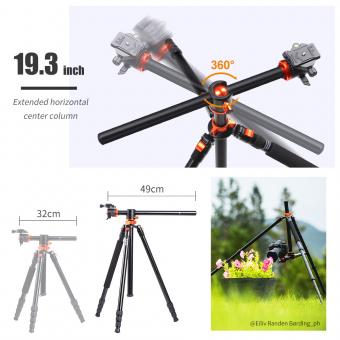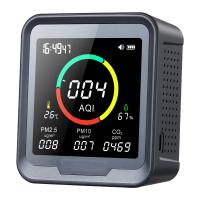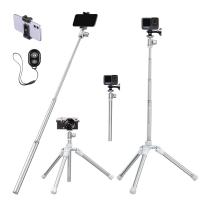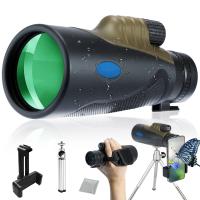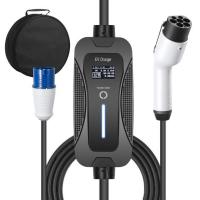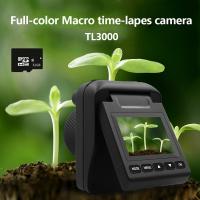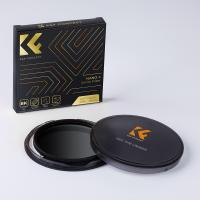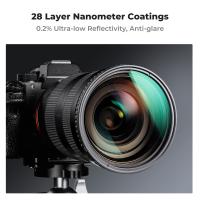How To Choose A Digital Camera In India?
When choosing a digital camera in India, consider factors such as your budget, the camera's resolution and sensor size, the type of photography you'll be doing, and any specific features you may need, such as video recording capabilities or Wi-Fi connectivity. Additionally, look for reputable brands and read reviews from other users to ensure the camera meets your expectations and requirements. Finally, consider purchasing from authorized retailers to ensure warranty coverage and after-sales support.
1、 Camera Types

Camera Types
When choosing a digital camera in India, it's important to consider the different types of cameras available in the market. Here are some popular camera types to consider:
1. Point-and-Shoot Cameras: These are compact and easy to use, making them ideal for casual photographers and beginners. They are great for everyday photography and come with a variety of features such as zoom, image stabilization, and scene modes.
2. DSLR Cameras: Digital Single-Lens Reflex cameras are popular among photography enthusiasts and professionals. They offer interchangeable lenses, manual controls, and superior image quality. The latest point of view is that DSLRs are still widely used for professional photography due to their versatility and image quality.
3. Mirrorless Cameras: These cameras are gaining popularity due to their compact size, interchangeable lenses, and advanced features. They offer high-quality images and are suitable for both amateurs and professionals.
4. Action Cameras: These compact and rugged cameras are designed for capturing action-packed moments. They are popular among adventure enthusiasts and sports photographers due to their durability and wide-angle lenses.
5. Bridge Cameras: These cameras bridge the gap between point-and-shoot and DSLR cameras, offering advanced features and manual controls in a compact body.
When choosing a digital camera in India, consider your photography needs, budget, and the latest technological advancements. It's important to research and compare different camera types to find the best fit for your requirements. Additionally, consider factors such as sensor size, megapixels, ISO range, and video capabilities to make an informed decision.
2、 Resolution and Sensor Size

When choosing a digital camera in India, one of the key factors to consider is the resolution and sensor size. The resolution refers to the number of pixels in the image, and a higher resolution generally means better image quality. In India, with the increasing popularity of social media and online sharing, higher resolution cameras are becoming more desirable as they allow for better quality images to be shared online.
Sensor size is another important consideration when choosing a digital camera. A larger sensor size generally results in better image quality, especially in low light conditions. In India, where many cultural events and festivals take place in low light settings, a larger sensor size can be beneficial for capturing high-quality images.
In the latest point of view, with the rise of smartphone photography, digital cameras in India are now focusing on offering larger sensor sizes and higher resolutions to differentiate themselves from smartphone cameras. Additionally, there is a growing trend towards mirrorless cameras, which offer larger sensors in more compact bodies, making them a popular choice for photography enthusiasts in India.
When choosing a digital camera in India, it's important to consider the resolution and sensor size based on your specific photography needs, whether it's for social media sharing, low light photography, or professional use. By staying informed about the latest trends and advancements in digital camera technology, consumers in India can make well-informed decisions when selecting a camera that best suits their needs.
3、 Lens Options
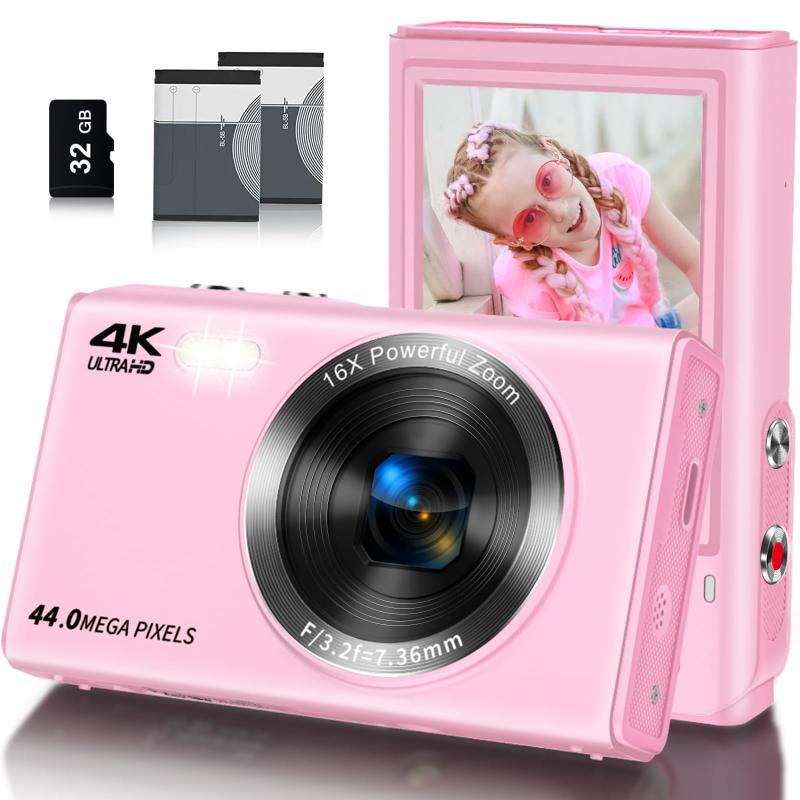
When choosing a digital camera in India, it's important to consider the lens options available to ensure you get the best possible photography experience. The lens is a crucial component of a camera and can significantly impact the quality of your images. Here's how to choose a digital camera in India based on lens options:
1. Prime Lens: If you're looking for a lens that offers superior image quality and low-light performance, a prime lens is a great option. It has a fixed focal length, which can help you achieve sharp and detailed images.
2. Zoom Lens: For versatility and convenience, a zoom lens is a popular choice. It allows you to zoom in and out, making it suitable for various photography genres such as landscape, portrait, and wildlife photography.
3. Wide-Angle Lens: If you're interested in capturing expansive landscapes or architecture, a wide-angle lens is essential. It offers a wider field of view, allowing you to fit more into the frame.
4. Telephoto Lens: For capturing distant subjects such as wildlife or sports events, a telephoto lens is ideal. It provides a long reach and is great for achieving close-up shots from a distance.
5. Latest Point of View: With the advancement of technology, many cameras now offer interchangeable lens systems, giving you the flexibility to switch between different lenses based on your photography needs. Additionally, some cameras come with built-in image stabilization features, which can be beneficial when using telephoto lenses or shooting in low light conditions.
When choosing a digital camera in India, consider the lens options available and how they align with your photography goals. Whether you're a beginner or a professional photographer, selecting the right lens can make a significant difference in the quality of your images.
4、 Features and Functions

When choosing a digital camera in India, there are several factors to consider to ensure you get the best camera for your needs. Here are some key considerations to keep in mind:
1. Budget: Determine your budget range as it will help narrow down your options. There are cameras available for every budget, from entry-level to professional-grade.
2. Megapixels: Consider the resolution you need. Higher megapixels result in sharper images, but for casual photography, a lower megapixel count may suffice.
3. Sensor size: A larger sensor size generally results in better image quality, especially in low light conditions.
4. Zoom range: Decide if you need a camera with optical zoom, and consider the zoom range that suits your photography needs.
5. Video capabilities: If you plan to shoot videos, consider the camera's video resolution, frame rate, and additional features like image stabilization.
6. Connectivity: Look for cameras with Wi-Fi, Bluetooth, or NFC capabilities for easy sharing and transferring of images.
7. Brand and model: Research different brands and models to find one that suits your preferences and offers the features you need.
8. Latest technology: Consider the latest advancements in camera technology, such as mirrorless cameras, advanced autofocus systems, and improved image processing capabilities.
In the current market, mirrorless cameras are gaining popularity due to their compact size, advanced features, and high-quality performance. Additionally, cameras with 4K video recording and advanced autofocus systems are becoming increasingly sought after by photography enthusiasts and professionals.
By considering these factors and staying updated on the latest trends, you can make an informed decision when choosing a digital camera in India.

